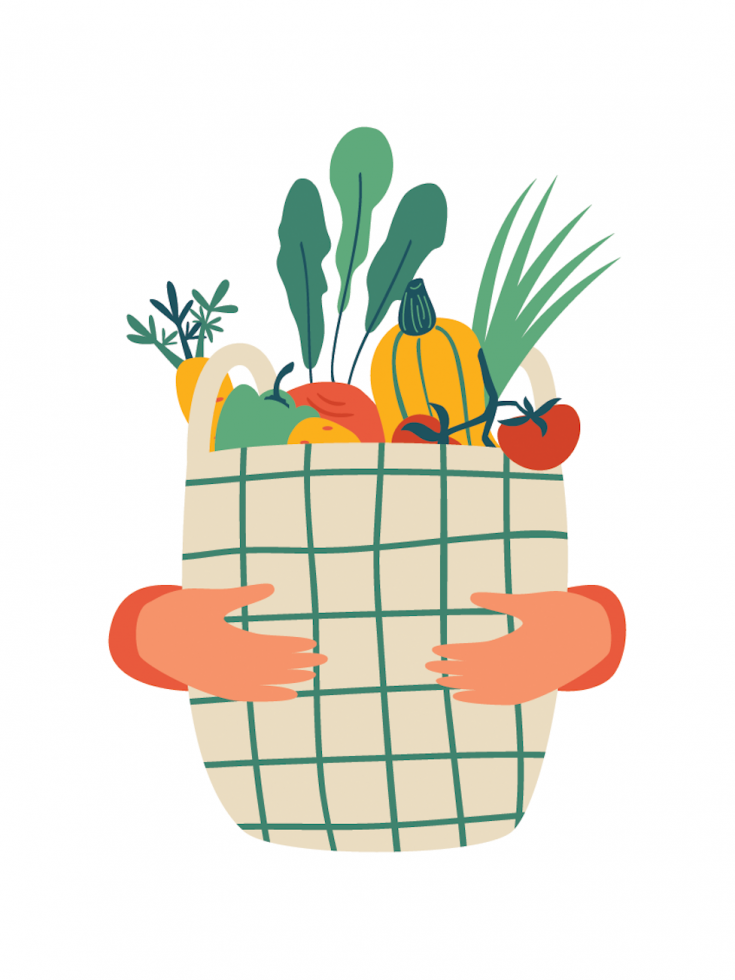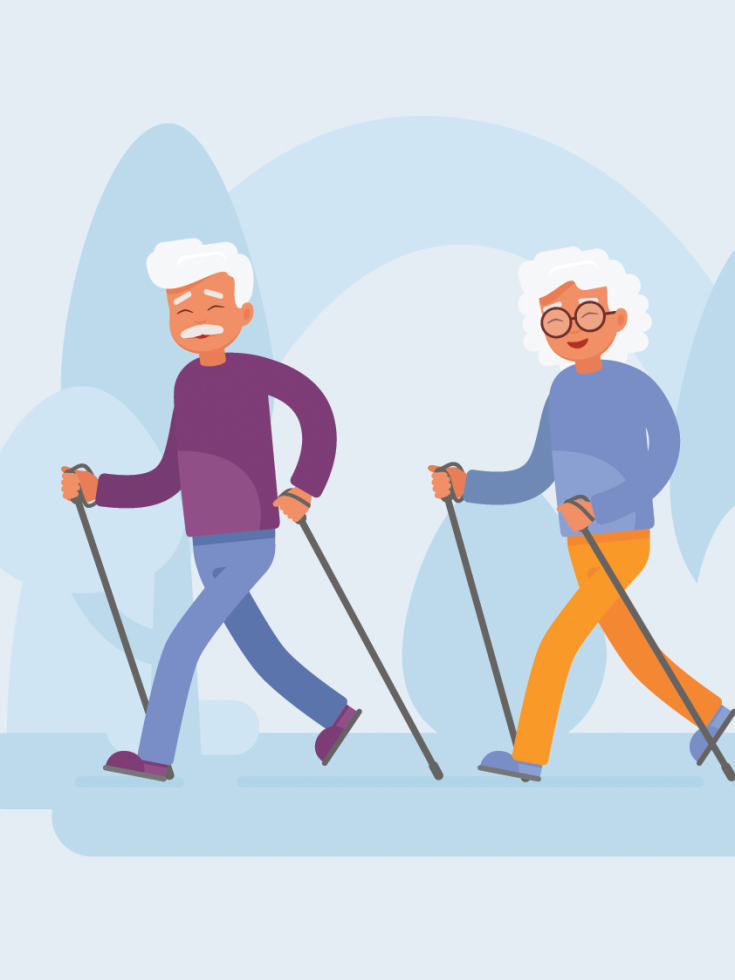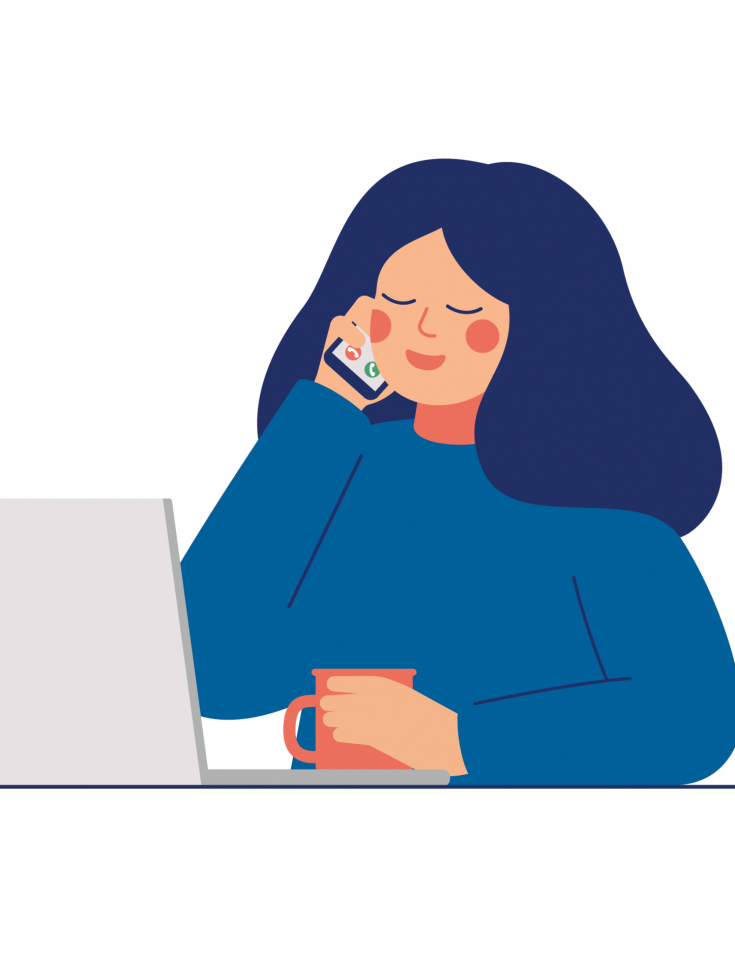The darker, colder days of winter sometimes can make us feel a little down. And this winter, we have the added stress of COVID-19 and its accompanying uncertainties and isolation. Combined, these factors have the potential to make us feel downright depressed.
What Is Depression?
Depression, also called clinical depression or (major) depressive disorder, is a mood disorder that impacts millions of people each year. It affects thoughts, feelings, and actions, and can impact people both physically and emotionally. Symptoms of depression may include bouts of sadness, anger, lack of interest in things you used to enjoy, trouble sleeping or wanting to sleep all of the time, and changes in your diet. It can even present in physical ailments, such as aches and pains. At its worst, depression may make your life feel hopeless and not worth living.
What Is Seasonal Affective Disorder?
For some individuals, their symptoms of depression present in a cyclical pattern: symptoms appear every year during a specific season. Individuals who experience symptoms of depression that follow a seasonal pattern may have seasonal affective disorder (SAD), a recurrent mood disorder. Most often, their symptoms begin in the fall as the days get shorter and continue throughout the winter, and then go into remission when the warmer weather and longer days of spring return. But SAD can occur any time of the year.
“Certain seasons resonate with people differently,” explains Jason Addison, MD, Service Chief of Sheppard Pratt’s Young Adult Unit. “For example, the holidays may be a time of joy for some, but a time of loss for others.”
SAD onset usually appears between ages 18–30, and it is more common in women than in men. Experts believe that it is triggered by changes in our bodies’ circadian rhythms—the natural, internal clocks that regulate our sleeping and waking cycles. Approximately 5 percent of Americans experience SAD. Perhaps this percentage is lower than you might expect as most of us, especially those who live in colder climates, have a general sense that winter months are a bit drearier.
But Dr. Addison explains the distinction between “winter blues” and true SAD: “Seasonal affective disorder is something different than general winter melancholy. The distinguishing line is when it starts to affect our ability to function. The same is true when we try to distinguish between sadness versus clinical depression. Does it affect our ability to perform our daily tasks? At its most extreme, does it lead to dire symptoms, such as not wanting to be alive? These more severe cases require more extensive treatment.”
Treatment Is Always in Season
Treatment for depression and SAD is similar. For depression, treatment includes therapy and medication. For SAD, your doctor may also recommend alternate therapies, such as light therapy. For both, the first step is to reach out to a licensed mental health professional for an assessment.
Dr. Addison also cautions that COVID-19 and the isolation and anxiety it may provoke has the potential to make this winter bleaker than previous years. Therefore, it is all the more important to seek treatment and practice self-care.
“We know that anything that increases our stress level makes it more likely for a mood disorder to appear. Therefore, especially during the pandemic, we should all be sensitive to monitoring our routines and moods. If we notice concerning symptoms, or know we are prone to a mood disorder, we should seek out care or check in with our provider more frequently,” explains Dr. Addison. “We should also be especially proactive in doing the things that we know foster mental wellness, such as socializing in safe ways, getting exercise, spending time outside, eating a healthy diet, and getting enough sleep. During the pandemic, it is critically important that we care for ourselves and others.”
Winter Wellness Advice
GET MOVING: Exercise stimulates mood-boosting endorphins. So, if you’re feeling down, try going for a walk or doing a short yoga flow to experience a quick mood boost.
EAT THE RAINBOW: Your body needs a balanced diet of protein, fruit, and vegetables that are rich in vitamins and mineral to function optimally.
GET OUTSIDE: Sunlight, fresh air, a change of scenery, and the endorphins created by a little physical movement have proven mental health benefits. “Cold weather” is no excuse!
CALL YOUR MOM! … or whomever is dear to you. Due to current isolation measures, it can be harder than ever to connect with others. But it is important.
Meet the Expert
-

Jason Addison, MD
Service Chief, Adult Crisis Stabilization UnitSpecialties:LGBTQ+ Mental Health Issues, Mood Disorders, Schizophrenia, Substance Use Disorder



